Tube bending is an essential process in metalworking that involves altering the shape of tubes or pipes without compromising their integrity or internal diameter. This technique is critical for creating custom or complex pipe layouts necessary for various applications, from simple plumbing to intricate aerospace components.
What Is a Tube Bender?
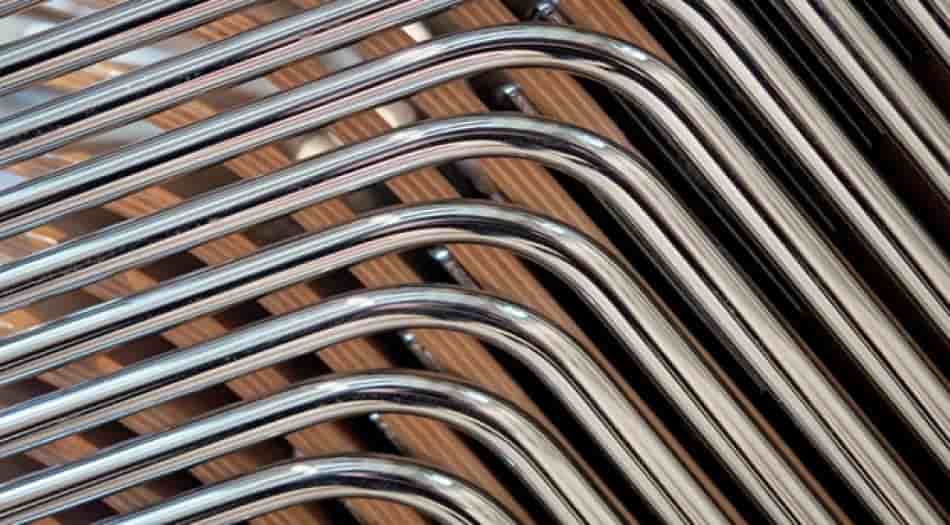
A tube bender is a specialized tool used in the metalworking industry to bend pipes and tubes to desired angles without causing kinks or distortions. It applies controlled pressure that molds the tube into new angles or curves while maintaining its circular cross-section and structural strength.
Types of Tube Benders
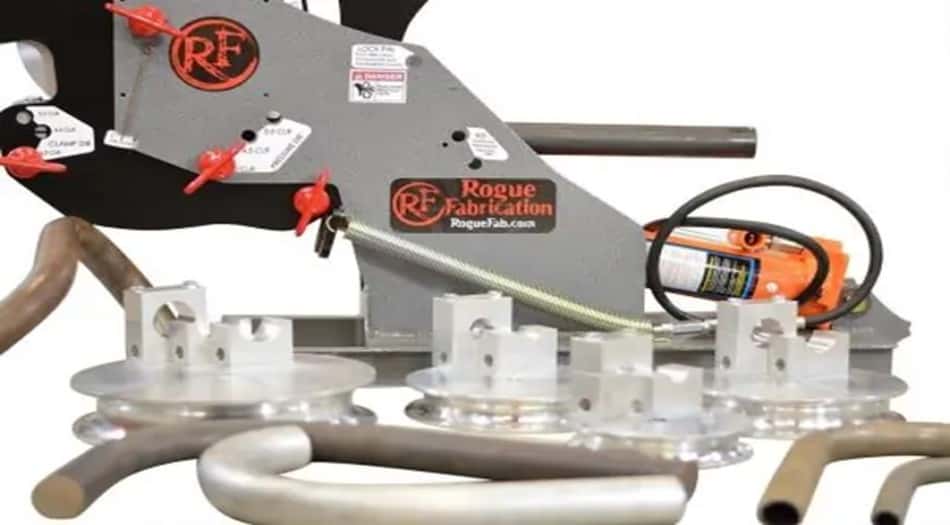
Tube benders come in various designs, each suited to specific tasks and material types. Here’s a brief overview:
- Manual Tube Benders: Operated by hand, ideal for small-scale projects or where precision and control are paramount.
- Hydraulic Tube Benders: Use hydraulic pressure for bending, suitable for heavy-duty bending operations.
- CNC Tube Benders: Computer-controlled machines that provide high precision and efficiency for complex bends and large-scale production.
Manual Tube Benders

These are simple lever-operated devices that require physical force to bend tubes. They are portable, cost-effective, and best suited for light gauge tubing.
Hydraulic Tube Benders
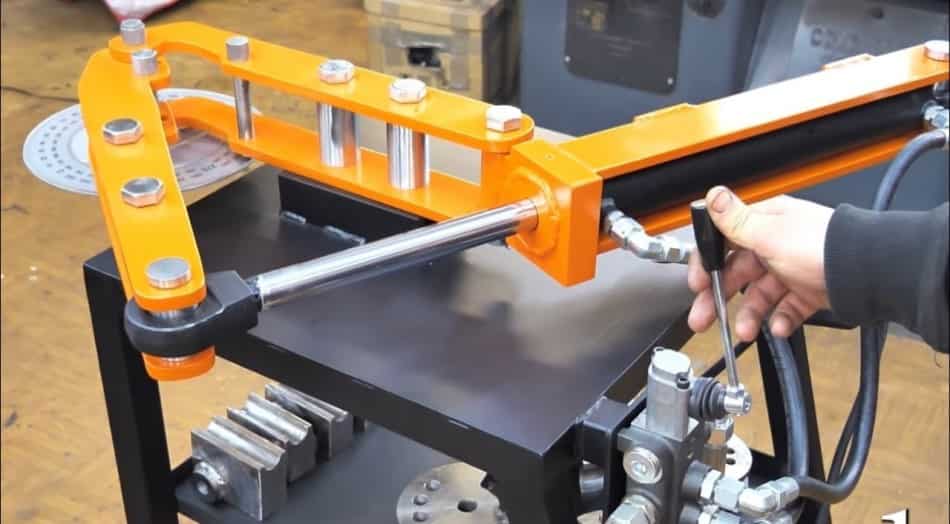
Hydraulic tube benders are more robust and can handle tougher materials and larger tube diameters. They are commonly used in industrial settings where large volumes of tubing need to be bent.
CNC Tube Benders
CNC (Computer Numerical Control) tube benders offer the highest level of precision and repeatability. These machines are ideal for complex shapes and high-volume production environments.
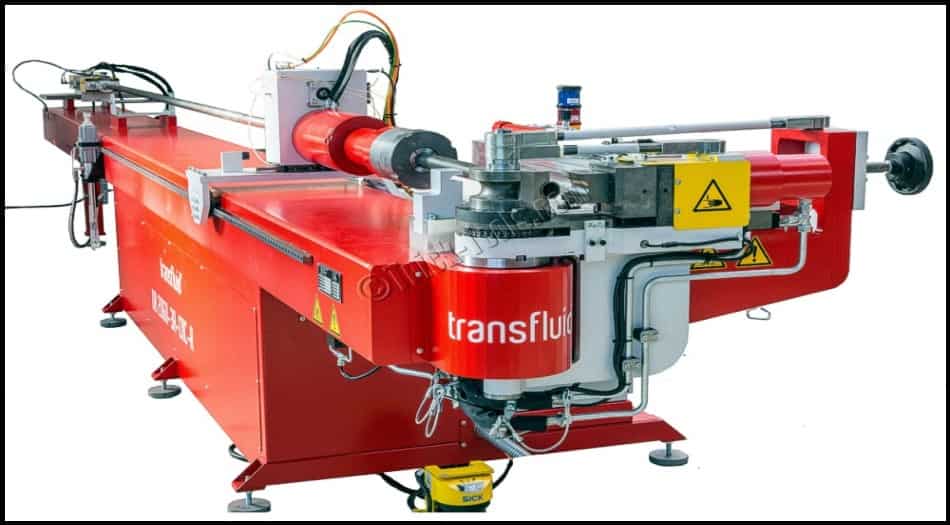
Tube benders from Roguefab exemplify the crucial role of technical proficiency and extensive experience in the bending process. Known for offering innovative solutions, Roguefab has established a strong reputation for consistently delivering premium machines and has become a benchmark in the industry.
exemplify the crucial role of technical proficiency and extensive experience in the bending process. Known for offering innovative solutions, Roguefab has established a strong reputation for consistently delivering premium machines and has become a benchmark in the industry.
How Does a Tube Bender Work?
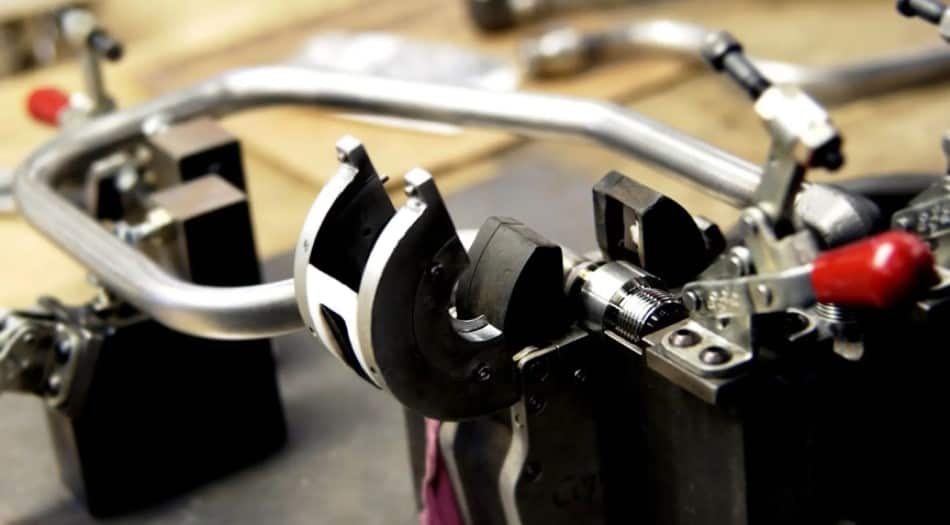
The tube bending process involves several steps, each crucial for achieving the perfect bend:
- Clamping the tube
- Applying bending force
- Shaping the tube around a die to achieve the desired radius
- Releasing the tube once the bend is complete
The Role of Dies in Tube Bending
Dies play a crucial role in shaping the tube during the bending process. They help ensure the tube conforms to the desired angle and radius without crimping or flattening.
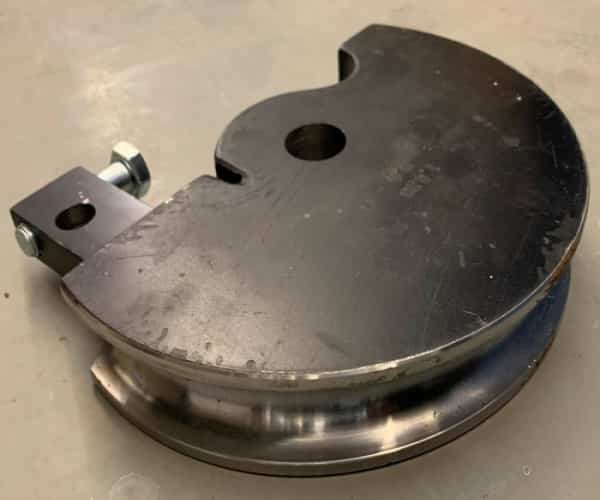
- Round Dies
- Square Dies
- Profiled Dies
Setting Up a Tube Bender
Setting up a tube bender involves selecting the appropriate dies, calibrating the machine, and securing the tube in place. Proper setup is essential to achieve precise bends and prevent material waste.
What Are the Applications of Tube Bending?
Tube bending finds its application across several industries, each benefiting from the unique capabilities of bent tubes:
- Automotive: Frameworks, exhaust systems
- Aerospace: Fuel lines, hydraulic systems
- Construction: Structural components, railings
- Furniture: Frames, decorative elements
Materials Suitable for Tube Bending
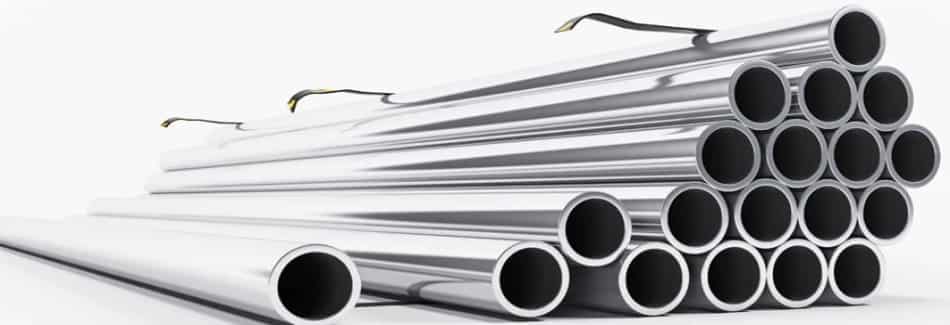
Different materials require different bending approaches due to their unique properties:
- Steel: Strong and durable, ideal for structural applications
- Aluminum: Lightweight, corrosion-resistant, commonly used in automotive and aerospace
- Copper: Excellent thermal conductivity, used in cooling systems and plumbing
- Stainless Steel: High resistance to corrosion, suitable for medical and food industries
Selecting the Right Material for Your Bending Project
Choosing the right material involves considering the mechanical properties, corrosion resistance, and the specific requirements of the application.
What Are the Advantages of Tube Bending?
The advantages of tube bending are significant, making it a preferred method in many scenarios:
are significant, making it a preferred method in many scenarios:
- Precision: Ability to achieve exact angles and shapes
- Efficiency: Faster production times with automated machines
- Cost-effectiveness: Reduces the need for multiple fittings and welds
- Versatility: Suitable for a wide range of materials and applications
Common Tube Bending Techniques
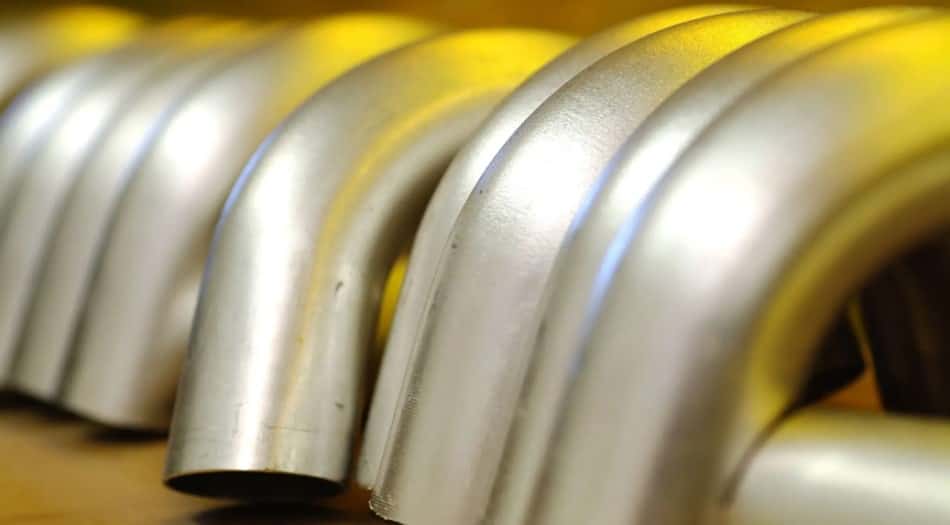
Several techniques exist, each suited to different requirements and materials:
- Rotary Draw Bending
- Mandrel Bending
- Roll Bending
Rotary Draw Bending
This technique is known for its high precision. It uses a rotary draw machine where dies rotate the tube around a bending die.
Mandrel Bending
A mandrel is inserted inside the tube to support its shape during bending, minimizing the risk of kinks.
Roll Bending
In roll bending, rollers apply force to the tube, bending it into a large radius. This is ideal for large structures like arches.
What Are the Challenges in Tube Bending?
Despite its benefits, tube bending poses challenges such as:
- Wall Thinning: Occurs when the tube’s outer wall is stretched too thin
- Material Springback: When the material tries to return to its original shape after bending
- Deformation: Unwanted distortions during the bending process
Maintenance and Safety in Tube Bending
Proper maintenance and adherence to safety protocols are essential for efficient and safe tube bending operations:
Routine Maintenance Checks
Regular checks and maintenance ensure the longevity and performance of tube bending machinery:
- Lubrication of Moving Parts
- Regular Inspection of Dies
- Alignment and Calibration Checks
Innovations in Tube Bending Technology
Recent advancements in tube bending technology include enhancements in CNC technology, the integration of AI for predictive maintenance, and improvements in hydraulic systems for greater precision and efficiency.
Choosing the Right Tube Bender for Your Needs
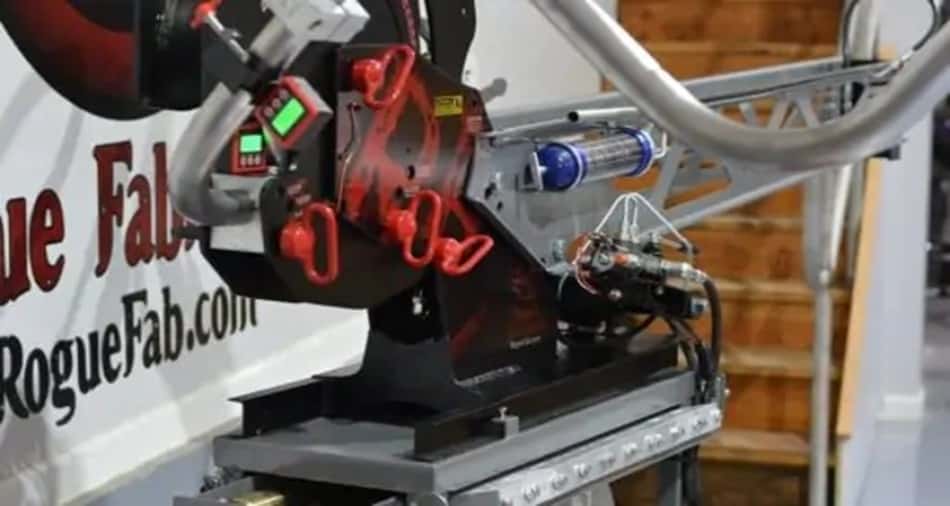
Considerations when purchasing a tube bender include:
- Type of Material
- Production Volume
- Complexity of Bends
Manual vs. CNC Tube Benders
Choosing between manual and CNC tube benders depends on the project’s scale, the complexity of bends, and budget considerations.
What Are Alternative Bending Methods?
Besides traditional bending techniques, alternative methods include:
- Press Brake Bending

- Heat Induction Bending
Conclusion
Understanding the nuances of tube benders and their applications enhances efficiency and productivity in metalworking. Whether for automotive, aerospace, or construction, mastering tube bending technology is crucial for any metalworker aiming to excel in their craft.

